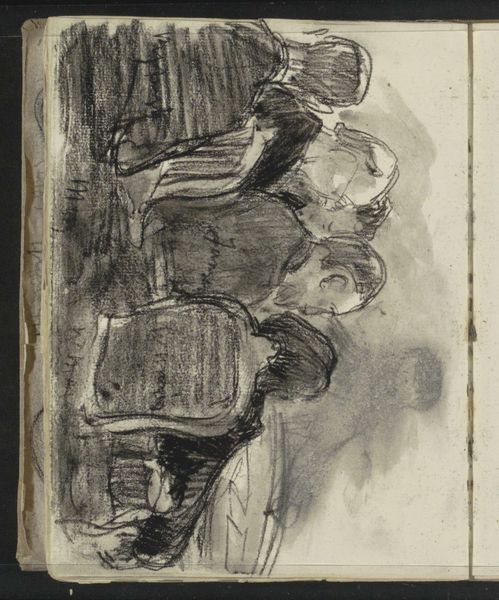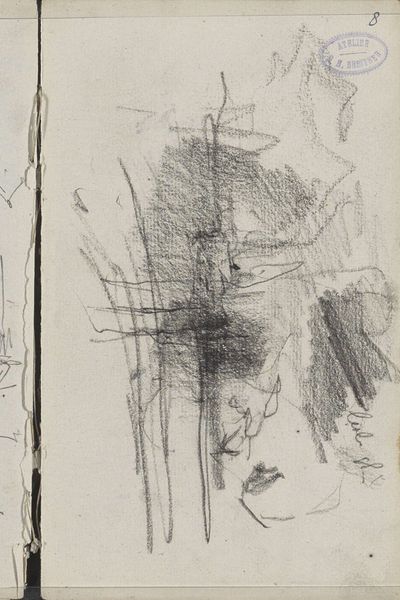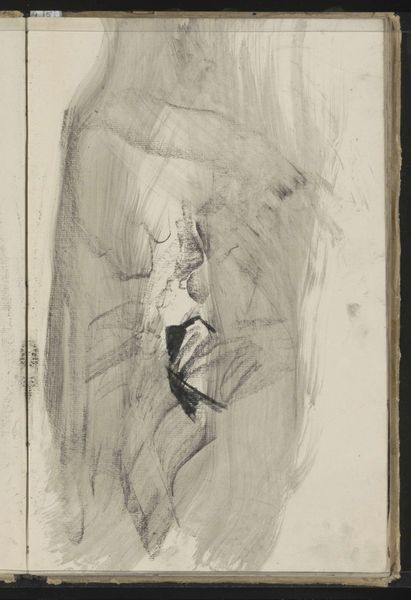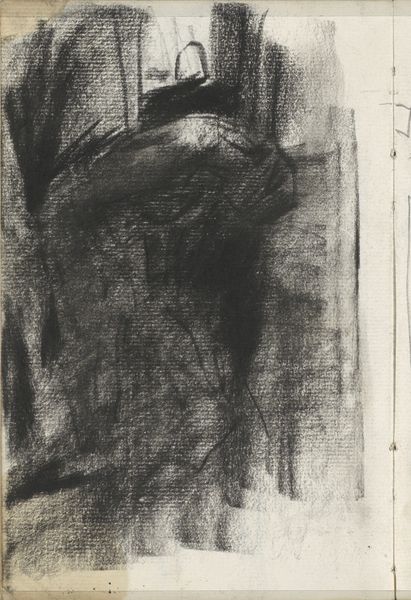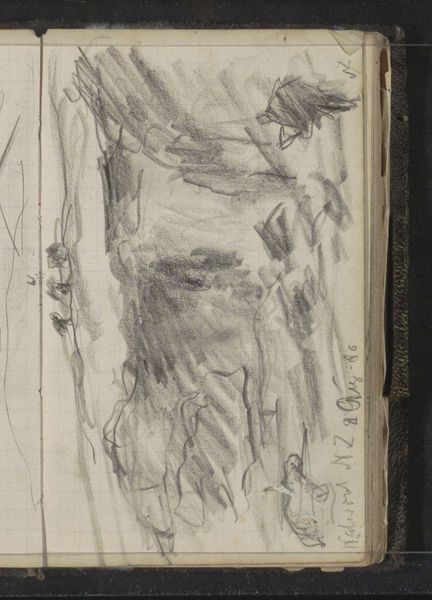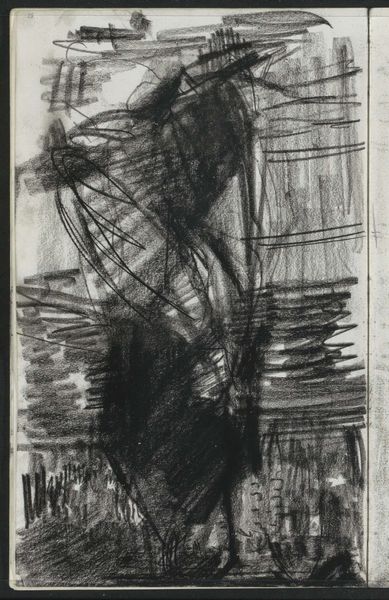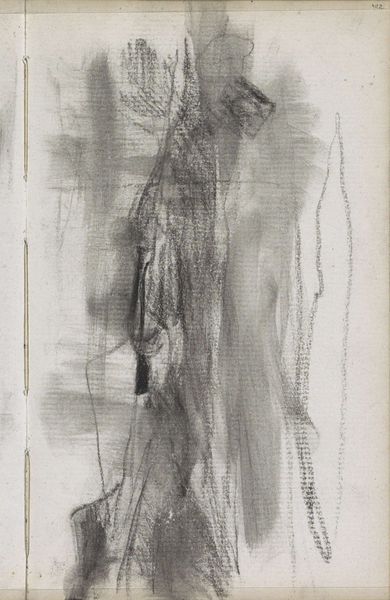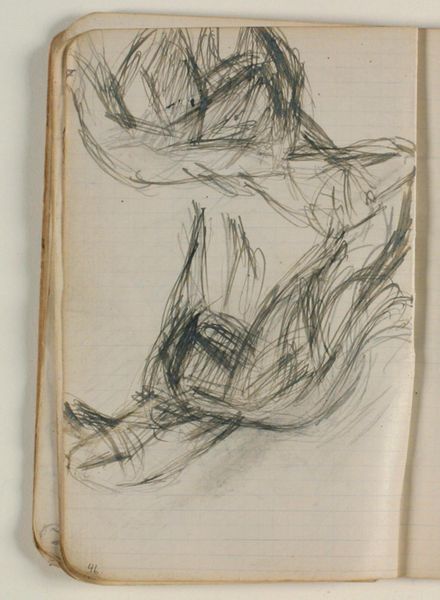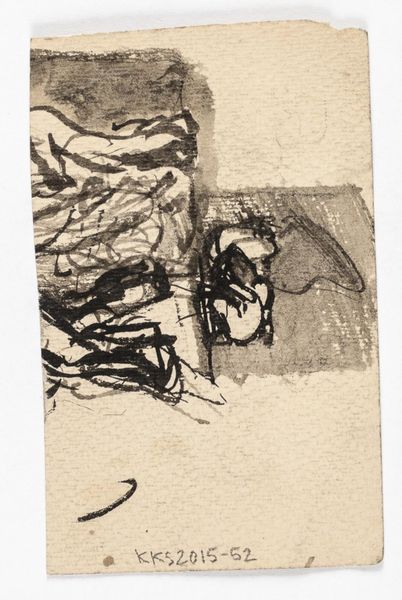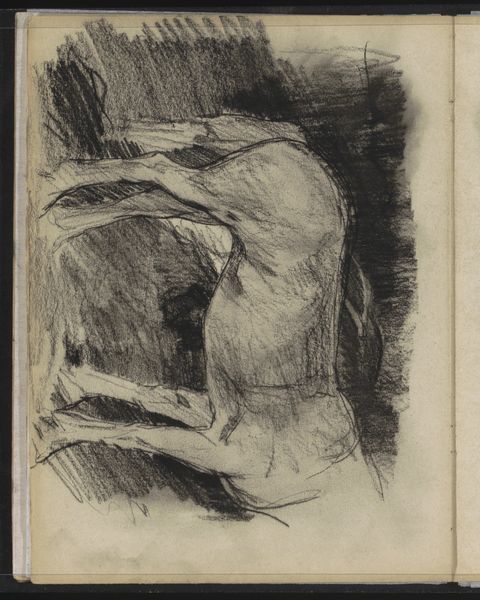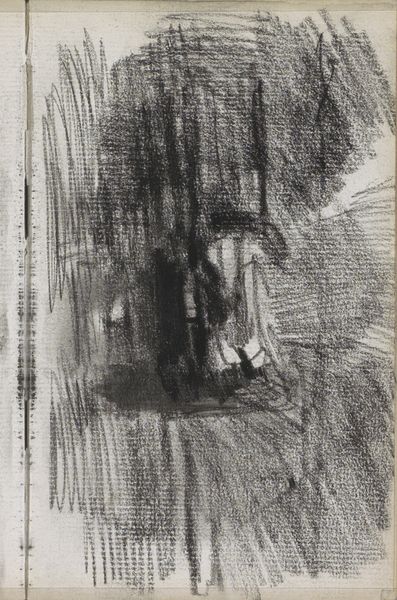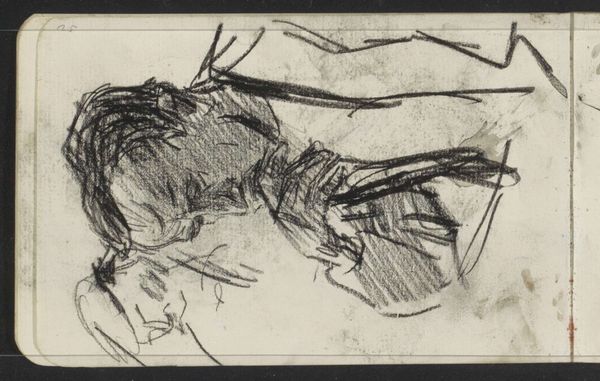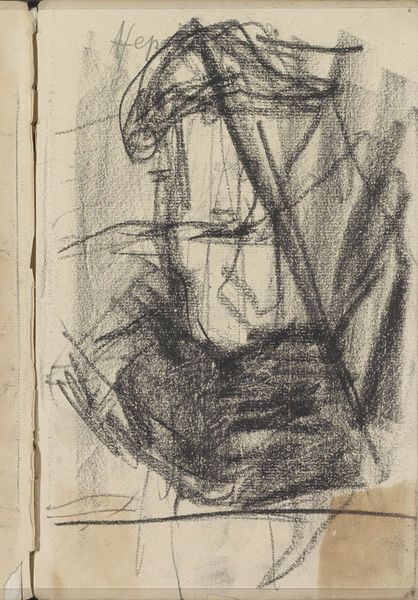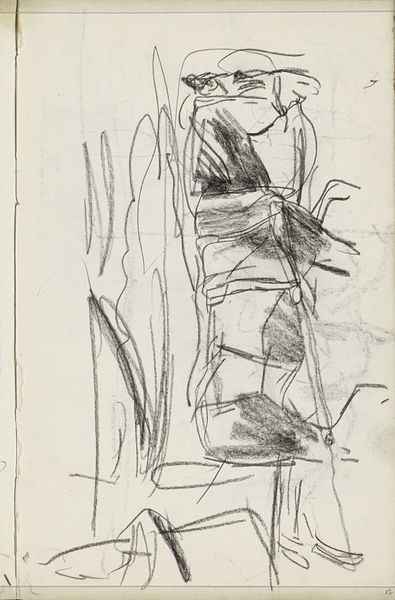
drawing, pencil, charcoal
#
portrait
#
drawing
#
pen sketch
#
pencil sketch
#
pencil
#
charcoal
Copyright: Rijks Museum: Open Domain
Editor: Here we have "Three Men, possibly including the artist Jan de Waardt" by Floris Arntzenius, likely done between 1883 and 1914 using pencil and charcoal. It feels very intimate, like a snatched glimpse into the artist's life. What stands out to you? Curator: This drawing intrigues me particularly because of its potential link to Jan de Waardt. Think about the late 19th century art world. These quick portraits were often exercises in skill, demonstrations for patrons, or informal records within artistic circles. Does identifying De Waardt elevate this sketch beyond a simple study? Editor: That's a great point. Does knowing his identity change how we perceive the relationship between the figures in the sketch? Does it turn them from studies into a community? Curator: Exactly. If we consider the social context, artists were deeply interconnected. These gatherings were crucial for sharing ideas and defining movements. The sketch becomes a document of artistic collaboration, a silent witness to shared aspirations. Editor: It also makes me wonder who the intended audience would be. If it's a quick sketch, does it become important that we're viewing it in a museum now? Curator: That’s key. Museums give works a public role, irrespective of original intent. A private moment now stands for public consumption. Is there an imposition upon these figures by putting this in a museum, or does it help to legitimize and explore this community in art history? Editor: So, what was likely meant for personal reference now gives insight into the artists' social lives. Fascinating. I hadn’t thought about it that way before. Curator: Precisely. It urges us to question how museums shape our understanding of artistic creation and historical relationships. It reminds us art isn't made in a vacuum.
Comments
No comments
Be the first to comment and join the conversation on the ultimate creative platform.
